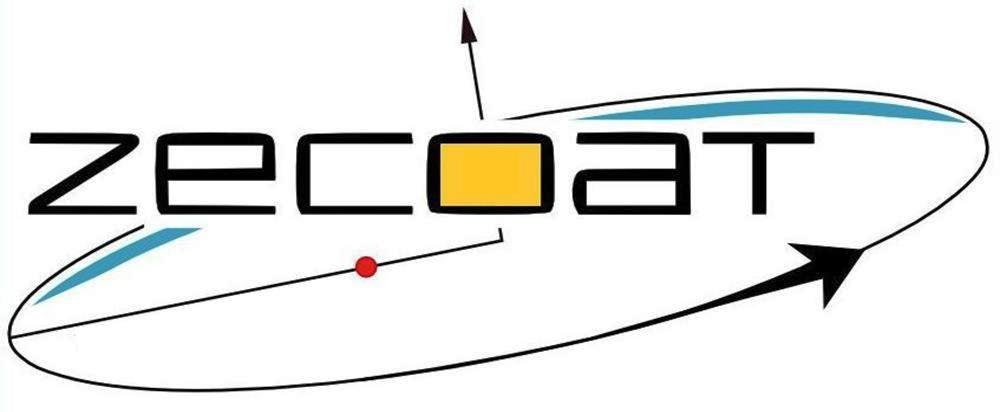Black Coatings for Starshade Edges
Brief Description. A starshade is a flower-shaped opaque screen with long pointed petals that is positioned in front of a space telescope and is used to block out a star’s light, thus revealing the planets that are near the star but otherwise hiding in its bright light. ZeCoat black coatings were applied to the razor-like edges of the starshade petals and reduced the . This black coating greatly reduces the solar glint off the edge from distorting the image going into the telescope.
Reference:
1. Dylan McKeithen, Stuart Shaklan, David Sheikh, Kunjithapatham Balasubramanian, Eric Lowe, "Antireflection coatings on starshade optical edges for solar glint suppression," J. Astron. Telesc. Instrum. Syst. 7(2) 021208 (8 January 2021) https://doi.org/10.1117/1.JATIS.7.2.021208
Abstract:
Starshades are designed to enable the direct observation of an exoplanet by blocking the light of the planet’s star from reaching the telescope. As discussed in our companion paper [S. Shaklan et al., “Solar glint from uncoated starshade optical edges,” J. Astron. Telesc. Instrum. Syst.7(2), 021204 (2021)], diffraction and reflection of sunlight incident on the starshade’s razor-sharp uncoated edges will appear as glint that may be brighter than the feeble light of the exoplanet. We report on the measurement and modeling of thin, conformal, multilayer antireflection coatings that reduce solar glint by more than an order of magnitude when applied to uncoated edges. We used the Lumerical finite-difference time-domain simulation software suite to determine the performance of coatings designed to work on a flat surface when applied to a sharp, curved edge. Laboratory measurements of coated edges, including a 50-cm long segment, confirm the glint reduction predicted by these models. We consider two coating approaches and compare their performance: a line-of-sight coating and a coating that uniformly covers the entire terminal edge. Starting with a wide range of coating designs emphasizing different angles of incidence and bandpass characteristics, we use Lumerical to account for edge diffraction and reflection, and we optimize the designs for the Starshade Rendezvous Mission and the HabEx mission concept.
2. Dylan McKeithen, Stuart Shaklan, Stefan Martin, Eric Lowe, David Sheikh, "Broadband characterization of anti-reflection coated starshade optical edges for solar glint control," Proc. SPIE 11443, Space Telescopes and Instrumentation 2020: Optical, Infrared, and Millimeter Wave, 114436A (15 December 2020); https://doi.org/10.1117/12.2563103
Abstract:
A starshade is a large flower-shaped screen designed to enable the direct imaging of exoplanets with a space telescope. The starshade perimeter is composed of sharp, precisely shaped edges to minimize the glint of sunlight into the telescope. Past work has focused on bare edges to minimize the terminal radius. This paper describes the broadband, wide-angle performance of edges coated with a thin multi-layer anti-reflection coating. This coating uses a combination of interference and absorption to reduce the surface reflectivity and to avoid the negative effects associated with a large cross-sectional area. A custom scattered light testbed has been developed to quantify the amount of light scattered from sample edges and to validate Finite-Difference Time-Domain (FDTD) models of the optical scatter. We show that optical edge samples with this coating significantly reduce the solar glint pattern compared to similar uncoated optical edges.
For more information on this technology, contact us by email at info@zecoat.com
